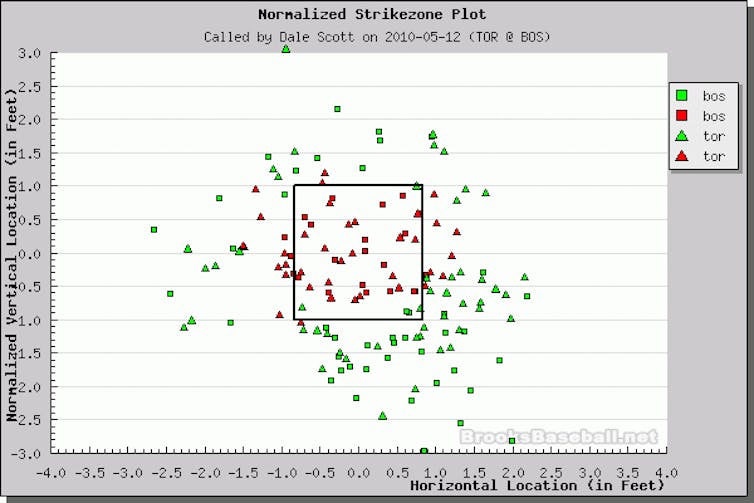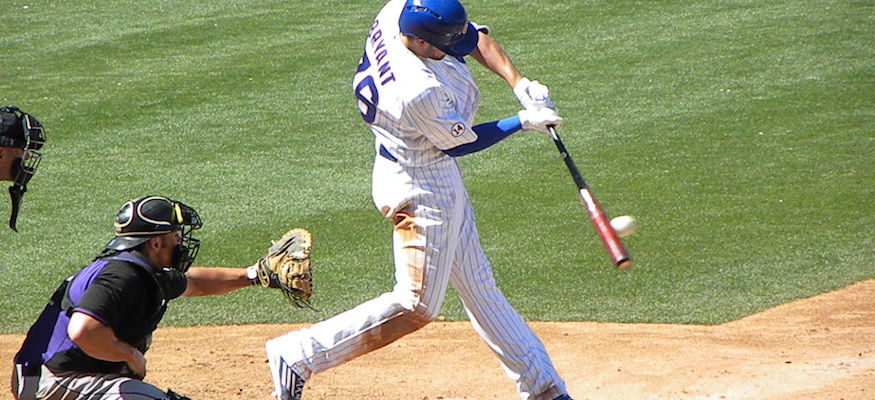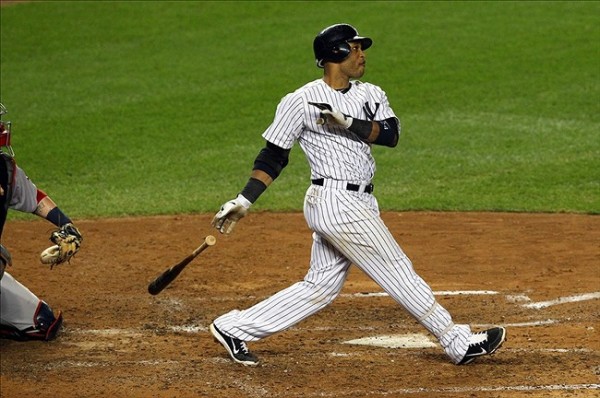The baseball swing for every ballplayer is ever changing. All the way up to the MLB, players are constantly working and tweaking their swings, players are constantly talking with each other and their coaches about their swings. A lot of players growing up don’t realize how mental the game is. They all hear it’s 90% mental, but why? It’s not just during the game that is the mental part. Every time you take batting practice you need to think about what is working and what isn’t.
Over the last few years there has been a change in swing culture. The goal used to be to hit low line drives, and now it is to hit deep fly balls in the gap or over the fence. When you’re going through the process of changing your swing, you need to be extra mindful and you need to work on it every single day.
Ever since Josh Donaldson went on Studio 42 and gave us all his two cents on hitting ground balls, virtually all the coaches in America have turned their players on to hitting deep fly balls hoping for extra base hits.
Here’s the full video – CLICK HERE
Here’s the important part (5:22 in the full video) – CLICK HERE
I am entirely bought into the thought process Donaldson describes in the video. If I want to get anywhere with my baseball career (especially as a corner outfielder/ 1st baseman), I’m not going to get there hitting ground balls through the four hole. So I completely changed my swing. I have completely bought into working every single day on my spine angle and making sure it’s perfect on every swing. It’s to the point where I believe that when almost anything goes wrong, I feel like it is because of my spine angle.
There is one thing I’ve noticed about this swing though. High heat is impossible to catch if you repeat this swing no matter where the ball is. I say high heat because it’s only a problem if you’re facing velo. If not, it’s not a problem. The uppercut swing is direct and at a perfect angle to the low ball, but when the ball is up, the swing becomes very long to the ball.
There’s two ways to go about dealing with this;
1. Do what Mike Trout does: Take high fastballs. Now, this sounds easy, but there’s a reason Mike Trout is the only person I’m calling out here. He is the only one that is able to consistently take fastballs up… for strikes. Yes, just because it’s a strike, doesn’t mean you have to swing. Mike Trout is successful for many reasons, but one of them is because he knows his swing and will not swing at a fastball, even if it is for a strike if he’s not going to be on time. I challenge you to find a video of Mike Trout being beat by a high fastball.
2. Learn how to hit it. This one also sounds easy but obviously it’s not. Baseball is hard. If you want to have this uppercut swing, but also want to be able to hit middle/ up fastballs, you CAN NOT start with your spinal angle set which is what some players do to cheat to those low pitches they can crush. You need to start with a normal spine angle, recognize ball down, and set your spinal angle while the ball is coming. This is entirely possible and is what most ball players do without even knowing it. While it gives you a better chance to hit the high pitch, you will no longer have as much of the advantage you had with the low pitches with your pre set spinal angle.
Next time you’re taking batting practice, try to find which zones you like the best and which ones you don’t like and find out why it’s like that. Instead of mindlessly hitting, learn about your swing. The more you know your swing, the better your approach at the plate can be and the better your swing will be. You can either be aware of what you don’t like and take those pitches and/ or make minor changes in your swing to correct those flaws over time.
If you found this helpful give me a follow!
I’m on Facebook and Twitter!








 the best way to get stronger is to hit bigger, heavier balls. Second, tell your son or student to aim for a certain part of the cage. Young players don’t understand how their body is moving the same way an older athlete does. By giving him the simple goal to hit a ball in a certain spot, his body will naturally create more efficient mechanics. It won’t create perfect mechanics, but he will be able to fix a lot of kinks in his swing without you having to tell him about them all.
the best way to get stronger is to hit bigger, heavier balls. Second, tell your son or student to aim for a certain part of the cage. Young players don’t understand how their body is moving the same way an older athlete does. By giving him the simple goal to hit a ball in a certain spot, his body will naturally create more efficient mechanics. It won’t create perfect mechanics, but he will be able to fix a lot of kinks in his swing without you having to tell him about them all. than you, but if you do an hour of extra batting practice after everyone else is done, you’re working harder than MOST high school ball players.
than you, but if you do an hour of extra batting practice after everyone else is done, you’re working harder than MOST high school ball players.